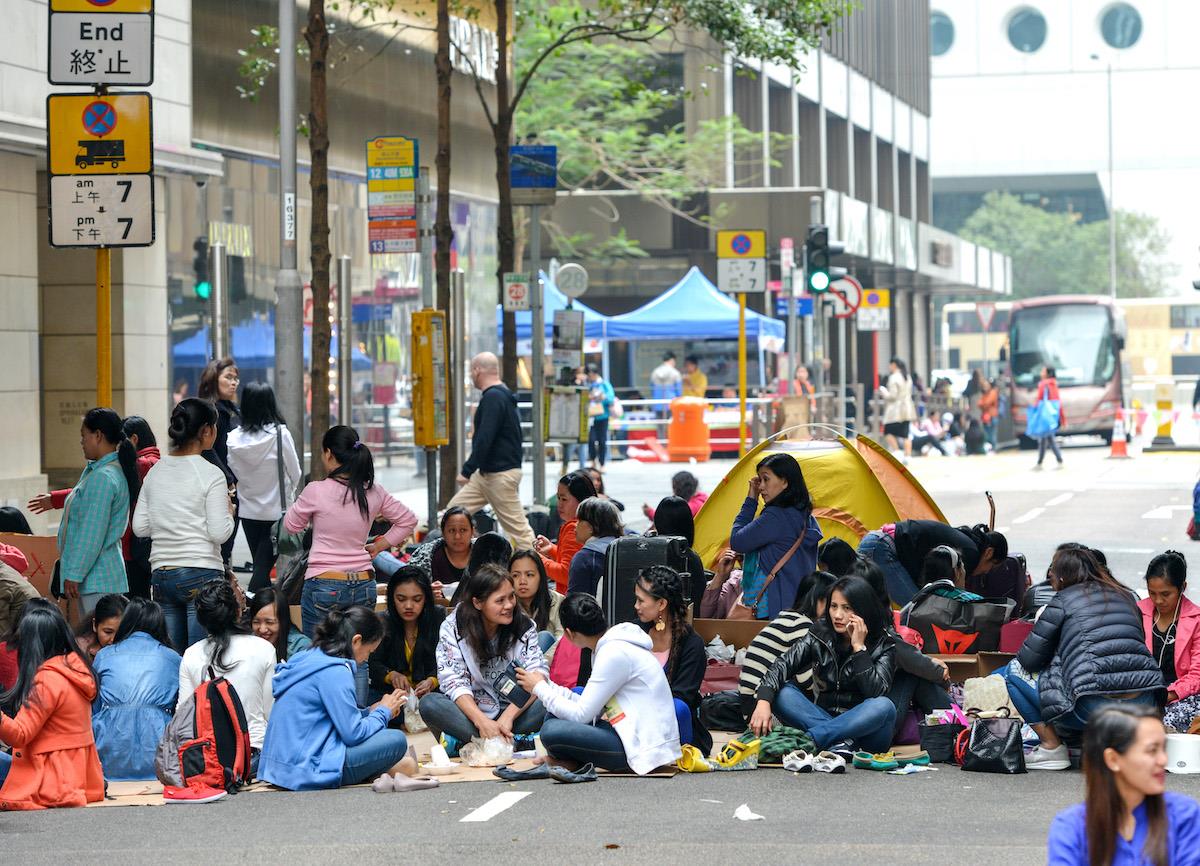(MENAFN- Asia Times)
Since last October, Cambodia's central bank has been trialing Bakong, a peer-to-peer fund transfer service. Often called a cryptocurrency, it's not quite that.
Neither is it a central bank digital currency, as Chea Serey, the central bank's vice-governor, has been at pains to stress in recent months.
Instead, it's a token system that allows users to more easily, and cheaply, move money between banks and financial services. Nikkei Asia has reported that more than 1.4 million Bakong transactions were recorded in the first half of 2021, totaling about US$500 million.
A nifty piece of fintech, but it could be a game-changer for many Cambodians as it's likely to significantly cut the transaction costs of remittances. Since August, it has been possible to make payments from Malaysia's Maybank, allowing Cambodian migrants to send their money back home for a minimal fee.
“Cambodian citizens working or residing in Malaysia will greatly benefit from this service as they are now able to transfer money to their Bakong e-wallets easily and at a low cost,” Chea Serey has said.
“This gives them greater financial empowerment as they are able to actively manage their own funds, including paying bills for their families and transferring money to their loved ones.”
The National Bank of Cambodia is reportedly also in talks with Thailand's central bank to also allow payments from there. About 73% of all remittances to Cambodia come from workers in Thailand.
Remittances from abroad now account for nearly 6% of Cambodia's gross domestic product (GDP), almost double what they were worth in the early 2000s, and a considerable portion of revenue for rural households.
Cambodia received $1.2 billion in remittances from migrant workers abroad last year, down 17% from 2019, the central bank reported in June.
However, much of this money never makes it into the pockets of family members back home. Cambodia saw its transaction costs cut from about 15% in 2015 to 11.7% last year, but that still means it has among the most exorbitant fees in Southeast Asia.
Crudely put, Cambodians lost about $140 million last year because of these costs, which go into the pockets of middlemen. A recent Moody's Investors Service study found that globally banks generated about $230 billion in revenue from cross-border transactions in 2019.
About $100 million was made by banks in the Asia-Pacific.
The average transaction cost of remittances is falling for many Southeast Asian countries, but not quickly enough. The global Sustainable Development Goals (SDG) aim to bring them down to 3% by 2030. For the developing world, they were on average 7% in the first quarter of 2019, according to a study published this year.

Filipino maids during a weekend gathering on a street in Central, Hong Kong, on March 2017. Photo: AFP
Average transactions costs fell from 7% in 2013 to 4.5% in 2020 for the Philippines, which is now regarded as having one of the world's lowest rates for remittances, according to World Bank data.
Yet over the same period, they rose from 4.9 to 7.7% for Thailand, where remittances account for just over 1% of the economy. In Vietnam, where remittances amount to 6.5% of GDP, costs have only declined from 8.7% in 2013 to 7.2% last year.
Despite the Covid-19 pandemic, recorded remittance flows to low- and middle-income countries reached $540 billion in 2020, only 1.6% below the 2019 total, according to a World Bank report published this year.
The Philippines was the fourth-largest remittance destination last year, as it received $34.9 billion from overseas Filipinos, only down 0.7% from 2019. Almost 40% of remittances to the Philippines come from the United States.
Vietnam was the ninth-largest remittance recipient globally with an inflow of $17.2 billion in 2020, a slight dip from 2019.
Remittances, moreover, are expected to only gain importance. The World Bank forecasts remittance flows to low- and middle-income countries to increase by 2.6% to $553 billion in 2021 and by 2.2% to $565 billion in 2022. More to the point, the landscape is changing fast.
The People's Bank of China has accelerated the rollout of its digital currency, and the digital yuan could become a major currency for global remittances, especially if countries participating in the One Belt One Road program are pressured to sign up to use it.
China is the second-largest recipient of remittances, after India. In September, the Indian e-commerce firm Paytm became the country's first platform to accept international remittances directly into a digital wallet.
The Philippines' Digital Payments Transformation Roadmap aims to make half of all financial transactions digital by 2023. The country's central bank recently reported that digital payments accounted for about a fifth of total transactions last year, compared with 14.1% in 2019.
About 70% of the Philippine population do not have a bank account, but“six newly licensed digital-only banks are set to grab a slice of the $35 billion remittance market from brick-and-mortar lenders and nonbank platforms,” stated an S&P Global report this month.
It added:“Virtual banks such as Overseas Filipino Bank Inc and Tonik Digital Bank Inc said remittance is one of their main business lines.”
Cambodia's central bank is cutting a path in Southeast Asia. Other governments have all the more reason to piggyback on the digital financial transformations, many of which are taking power away from the banks and giving it to users.
More money in citizens' pockets, after all, means more consumption and government revenue. A study published earlier this year found that over a seven-year period and across dozens of developing countries, a 1% decrease in the cost of remitting $200 leads to about a 1.6% increase in remittances.
MENAFN01122021000159011032ID1103284663
Legal Disclaimer:
MENAFN provides the information “as is” without warranty of any kind. We do not accept any responsibility or liability for the accuracy, content, images, videos, licenses, completeness, legality, or reliability of the information contained in this article. If you have any complaints or copyright issues related to this article, kindly contact the provider above.